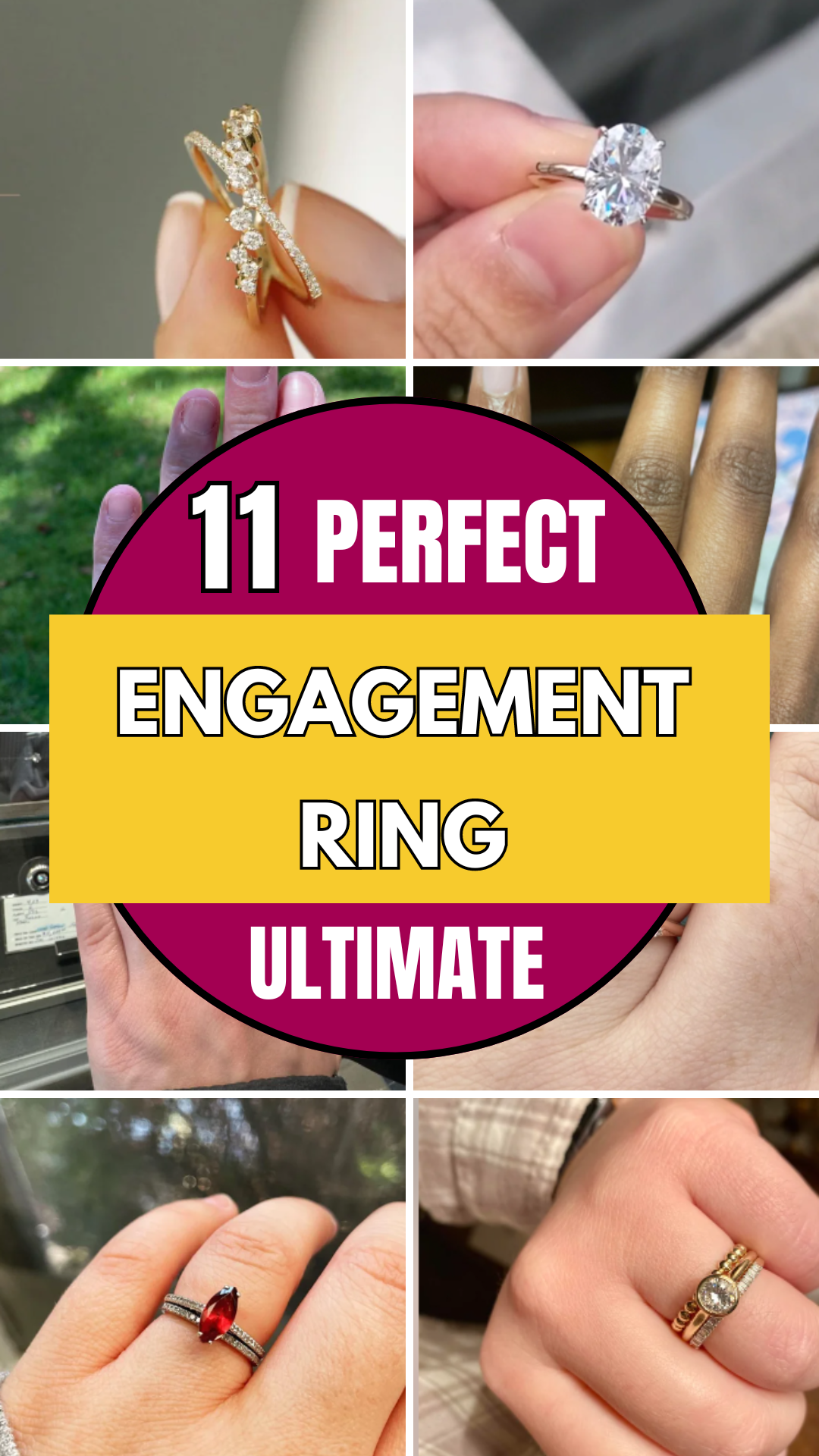The Ultimate Guide to Choosing the Perfect Engagement Ring
Selecting the ideal engagement ring might seem overwhelming, but with the proper guidance, it can turn into a delightful and thrilling journey. This guide will walk you through everything you need to know to find a ring that your partner will cherish forever.
1. Understanding the 4 Cs

The 4 Cs—cut, color, clarity, and carat weight—are the key factors that determine a diamond’s quality and value.Grasping these factors will enable you to make a well-informed choice. The cut affects the sparkle, the color ranges from colorless to light yellow, clarity refers to the presence of inclusions, and carat weight measures the size.
2. Setting a Budget

Determine how much you are willing to spend on the engagement ring.It’s essential to establish a practical budget and adhere to it. Keep in mind, the perfect ring doesn’t need to be extravagant. Determine your priorities and distribute your budget to match what matters most to you.
3. Knowing Your Partner’s Style
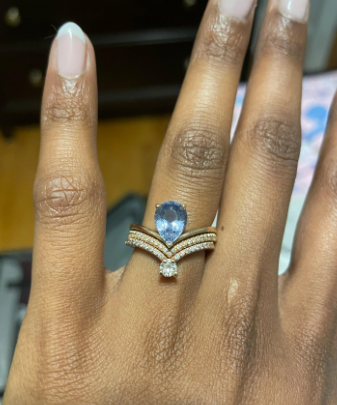
Observe the type of jewelry your partner usually wears. Do they have a preference for classic, vintage, or contemporary designs?
Pay attention to the metal type (yellow gold, white gold, platinum) and any specific details like intricate designs or simple bands. This will assist you in selecting a ring that aligns with their individual style.
4. Choosing the Right Metal
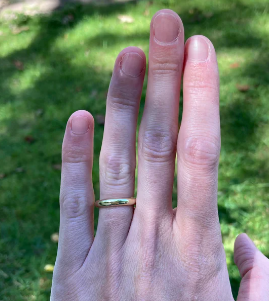
The choice of metal for the ring band plays a crucial role in shaping the engagement ring’s overall look. Options such as platinum and white gold give a modern, sophisticated touch, while yellow and rose gold offer a classic, warm appeal. Consider your partner’s skin tone and existing jewelry preferences.
5. Selecting the Perfect Setting
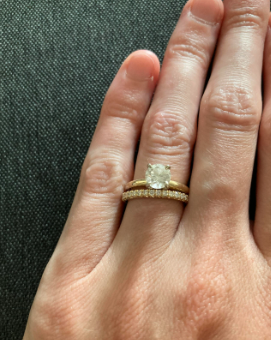
The setting of an engagement ring holds the diamond in place and can enhance its beauty. Common settings include solitaire, halo, three-stone, and pave. A solitaire setting showcases the diamond, while a halo setting adds extra sparkle. Three-stone settings symbolize the past, present, and future, and pave settings offer a continuous sparkle.
6. Diamond Shape Matters

Diamonds are available in a variety of shapes, each possessing its own distinct allure. Popular shapes include round, princess, oval, marquise, pear, cushion, and emerald. The shape can influence the ring’s overall style and how the diamond reflects light. Choose a shape that complements your partner’s hand and personal style.
7. Considering Alternative Gemstones

While diamonds are the traditional choice for engagement rings, alternative gemstones like sapphires, emeralds, and rubies can add a unique and colorful touch. These gemstones are often less expensive than diamonds and offer a distinct look. Ensure the gemstone is durable enough for everyday wear.
8. Customizing the Ring

For a truly unique engagement ring, consider customizing it. Many jewelers offer bespoke services where you can design every aspect of the ring, from the setting to the stone. Customizing allows you to create a one-of-a-kind piece that reflects your partner’s personality and style.
9. Getting the Ring Size Right
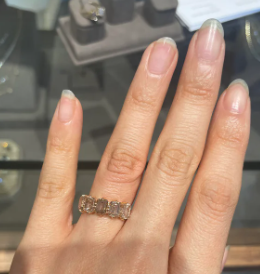
One of the most crucial steps is ensuring you get the correct ring size. You can discreetly borrow one of your partner’s rings and have it measured by a jeweler, or trace the inside of the ring on a piece of paper. Some jewelers also offer adjustable rings or free resizing services.
10. Ethical Considerations
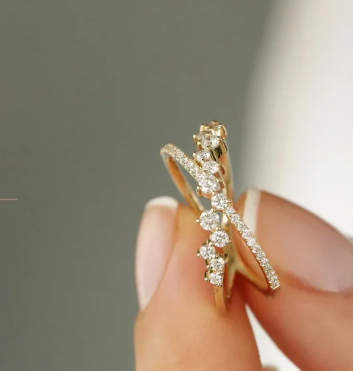
When purchasing an engagement ring, consider the ethical implications. Look for jewelers who offer conflict-free diamonds and use ethically sourced materials. Certifications from organizations like the Kimberley Process can provide assurance that the diamonds are conflict-free.
Conclusion
Choosing the perfect engagement ring involves understanding the key elements that make up its beauty and value, as well as considering your partner’s personal style and ethical considerations. With this guide, you’re well on your way to finding a ring that symbolizes your love and commitment. Enjoy the journey and cherish this special moment in your lives.
